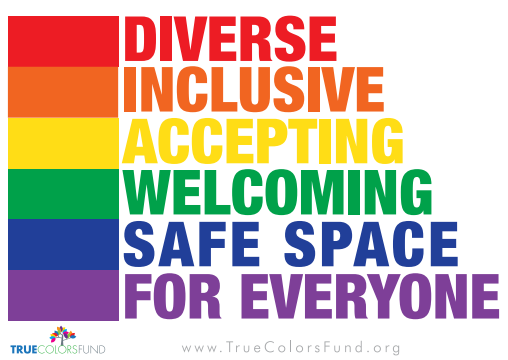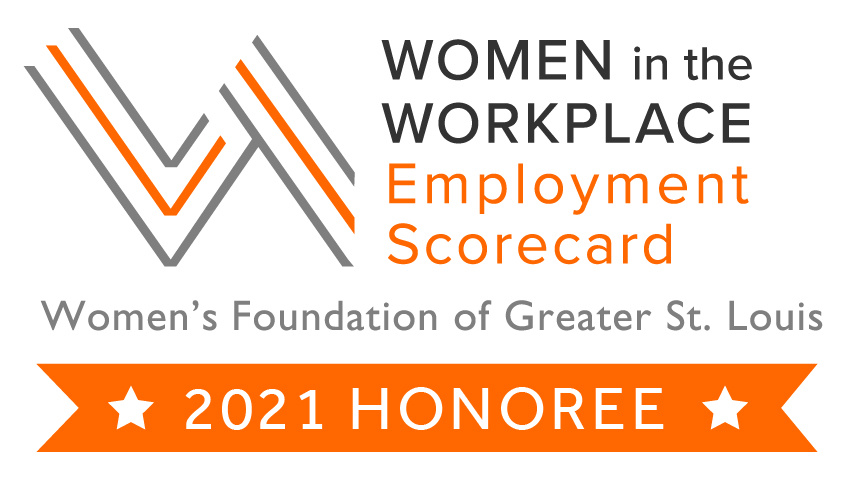Judgement Free: The Life Cycle of Abuse, Addiction, and Trafficking
Article By: Jessica L. Shank
If I told you that I used to sell myself for everything from rent and bills to drugs and food, what would your initial thought be? Would it be, “and she seemed like such a nice person, too!” or maybe, “I cannot believe that anyone would do that to themselves!”, or rather the infamous, “well, she had to get her drugs somehow!”. If it were any of those thoughts, I would like to invite you to challenge your mind. Rather than thinking about why someone must have been living a certain way, ask yourself what. What could have happened in their lives that would have allowed them to believe that this was an acceptable means of survival? Long before any woman/man of the night ventured out into the world, there was a precursor event that would change the way they saw themselves and the way they saw the world.
More than half of the souls that walk the street, market on social media, or offer themselves up to the highest bidder, are not there because they WANT to be. Desperation. Addiction. Abuse. Force. Torment. Extortion. Exploitation. The possibilities are truly endless, not one of them being a positive one. Pain, suffering, and chaos is a common denominator among individuals who are trafficked. That’s also how my story originates.
When you think of childhood, the one word that you should never be able to associate with is chaos. For anyone who spends their child and adolescent years enduring traumatic event after traumatic event, that’s what it becomes. The thing about clutter is that peace feels like boredom to someone who has lived their entire lifetime. Even when presented with the possibility of peace, it’s unknown, and humans fear the unknown. The childhood years of myself and other women and men who end up as victims of trafficking are essential to understand because that’s when life-shattering events usually happen.
This trauma is critical to understand because it impacts the individual’s path. At the beginning of this article, I challenged you to think about what may have happened in an individual’s life; this is directly related to childhood trauma. At one point in a survivor’s life, they found themselves in a position where an exchange happened; no one told them that it wasn’t okay, no one saved them; life was just supposed to continue normally. It never usually continues for a survivor. This trauma follows them through life; it affects their relationships, how they see themselves, and the world. This begins the cycle. So, if this is the beginning, where does it go next? This life cycle does not follow an exact blueprint, but there are several ways that you can watch it evolve.
If you want to learn more about how the path continues after chaos, then visit part two of this story. Chaos can create addiction and abuse to happen in adulthood leading to pain, suffering, and trafficking. How do you ask? You’ll have to read the second part to find out!
Part 2
Judgement Free: The Life Cycle of Abuse, Addiction, and Trafficking
After a life of chaos, two things happen. You either seek to numb or escape the pain. Either one will do. Studies show that 61% of survivors struggle with addiction, and 51% of survivors go on to experience domestic violence. I do not need statistics to tell you about the life that waits for survivors. Let’s look at both of these individually and see where they take us.
Addiction is a disease, a mental illness, that develops in individuals looking to escape reality. As a survivor in recovery, I can personally attest that it’s about more than just escaping from the reality of life and the past and escaping its pain. Addiction has a cost, like all things in life, but individuals struggling with addiction will pay with their lives, body, mind, and spirit. To keep a habit fed, you need to pay for the drug of choice; nothing in life is free. Family and friends may support you for a while, but eventually, they will catch on to the lies and will refuse to enable the addict in hopes that they recover. Work is an obvious choice, but it becomes impossible to hold a steady job forever as the addiction evolves. What’s left? You could start becoming a middleman or dealer but breaking into that isn’t easy and doesn’t happen that often. Eventually, reaching a point where to survive as an addict, you either enter into a relationship where someone else takes control of supplying you, or you have to make money somehow. When any addict, especially a survivor, enters this place of darkness and desperation, it becomes clear what needs to happen. Maybe we start making trades at first, but then it evolves as all things in life do. We begin to sell what we have voluntarily, our physical body. There is also the strong possibility that someone we encountered offered us a life of ease in return for a constant supply, and then we end up selling ourselves for them, handing over the money directly. Neither one of those are pleasant options; it is a life of pain and darkness. This will often drive the addict even deeper into addiction, which means an increase in “sales,” which causes you to numb the pain and escape the reality of your life. It is a vicious cycle that only stops when someone either becomes brave enough to seek an escape or tired enough that they refuse to live that way any longer and sadly when someone loses their life.
Now, let’s explore abuse and how it works into the cycle. A common phrase is that people “accept the love they feel they deserve.” If someone believes that they are not even worth basic human respect and compassion and do not participate in healing (such as therapy, or counseling), they will feel that way as an adult. Intimate partner violence can take many different forms; mental, emotional, verbal, physical, and sexual. Someone already suffering from an addiction may find their way into an abusive relationship by convenience because the partner is offering them something they need. Or it can happen by way of love bombing, which is when the victim is manipulated into believing that the abuser is a safe and loving person who is willing to help them heal and ensures they will never be the cause of pain or sorrow. When it can get tricky, a victim can already be deep in addiction, or this abuse may push them into a habit. Thus, forcing the victim to follow the cycle of trafficking and addiction. However, there is another way that the abused find themself not only a victim of the abuse in the relationship and a victim of trafficking. This happens either by force or coercion or can even be something that the victim voluntarily enters in hopes of escaping the hell they endure at home. “If you loved me, you would…” is a common phrase used to manipulate individuals into placing themselves in harm’s way for the needs of someone else. Once this cycle of violence begins, it, like addiction, is tough to break and takes bravery, counseling, and constant care.
There are many ways that someone could end up either out there on the street or using social media and the internet to market themselves as a good. It’s not always because they put themselves there; it’s not always because someone else forces them into it. Desperation is a dangerous feeling, and when someone is cornered with no other alternatives, they will do whatever it takes to survive. I challenge society to view those whom they would generally judge differently. See them as the warrior that they are. See them for the sacrifices, victimization, and bravery that it takes to even put themselves out there in the first place. See a man or woman who is prepared to do whatever it takes to survive, feed their children, or keep themselves alive and out of the line of fire with an abuser. We all have events in life that have changed us; mine may have just sent me down a different path than yours. Every person is just one wrong decision or one unfortunate event away from living a life they would never have thought of. Whether someone is out there by choice or force, they are victims regardless. Deserving compassion, care, healing, and ultimately a life free from harm and free of fear from harm.
My name is Jessica; I am a recovering survivor today that uses my story to walk back into the darkness and help others find their way back home. Without my account, I would not be who I am today or capable of supporting the souls that I do. I am not ashamed of where my life has taken me; I am grateful for every step and misstep; I am, after all, only human. I found a way to break the cycles, and it will be a constant journey for the rest of my life to maintain that. When looking at someone who hasn’t been able to break that lifecycle yet, offer compassion, not judgment.
Article By: Jessica L. Shank





